It's fascinating to know about different countries and their individual characteristics, features, and everything that sets them apart. Naturally, due to geographical differences and distances, every country has its own cultures, languages, dialects, clothing, and food - the list is endless!
It is based on these cultures and the significance of things derived through them that traditions, beliefs, and habits originate. Not only this, but also national identities are established through cultural significance.
One of the few things that stem from culture and beliefs is the very concept of a national symbol. In the case of national trees, it is very likely to be one of two things - first, it could either be extremely vital to the country's economy, or, second, it could be of extreme cultural significance.
Either way, many countries have national trees, animals, flowers, and more attached to their identities, and here are 9 countries with significant national trees.
• 9 Countries and their National Trees
1. The Banyan Tree of India
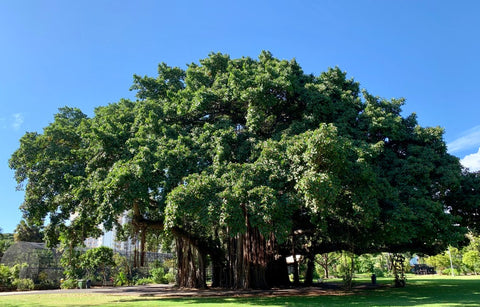
Scientifically termed the Ficus benghalensis, the mighty Banyan tree has been termed the national tree of India. It is revered in India for its cultural and religious significance.
Known for its vast, far-reaching canopy that is supported by aerial roots, it symbolizes unity and continuity in Hindu traditions. These beautiful trees are not only considered sacred entities but also remarkable example of nature's interconnectedness and resilience.
The Banyan tree is often considered to be immortal and forms a large, very important part of Indian mythology. It is also known as "Kalpa Vriksha", which means 'Tree of Wish Fulfilment.'
2. Australia's Golden Wattle
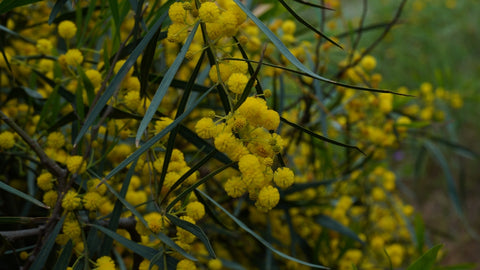
The Golden Wattle (Acacia pycnantha) is Australia's national tree and floral emblem, and it was officially declared this in 1988. Renowned for its distinctive golden-yellow blossoms, it symbolizes unity and remembrance.
Its adoption represents Australia's identity and resilience. In full bloom, the colors of the Golden Wattle also depict the national colors of the country - yellow and green.
The tree is often celebrated on the National Wattle Day, and it fosters national pride, while reflecting the country's diverse flora and cultural heritage.
3. Sessile Oak of Ireland
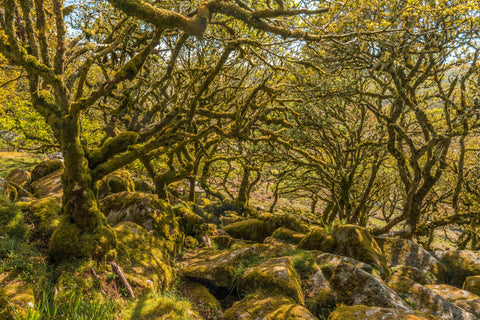
In 1990, the then Prime Minister of Ireland declared the Sessile Oak as the national tree of the country. This variety of oak may not be as widely known as the rest but it is still adored by the Irish.
Due to its stunning leaves and growth patterns, these tree are often grown as garden trees as bonsai versions of themselves by natives.
This tree was chosen as a national symbol because to the Irish, it signifies strength and resilience, and it separates them from the English Oak - a tree which is popular in the rest of the UK.
4. Argentina's Ceibo or Erythrina crista-galli Tree
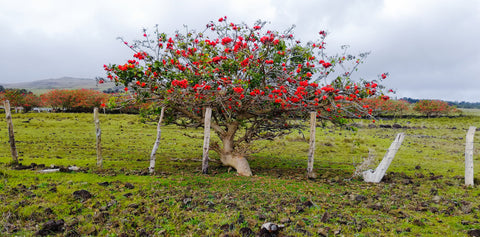
The national tree of Argentina is the Ceibo tree, and its flowers are often regarded as the national flowers of Argentina and Uruguay. The tree and its flowers were designated as the official symbols of Argentina because the fiery red color of the blooms is also the color of the National Coat of Arms.
These beautiful trees also grows almost all over the country and are rather significant in myths, legends, and poems.
5. Japan's Sakura and Sugi
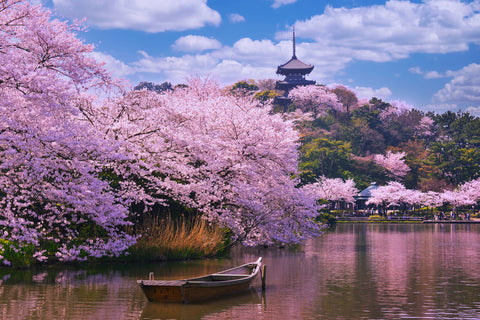
There are a lot of speculations about which tree has been designated as Japan's national tree. However, the Sakura and Sugi take the top spot for this title.
Sakura is the Cherry Blossom tree that is often widely considered the national tree of Japan because of the immense cultural and symbolic significance it holds in the country.
It is also the national flower of Japan and is deeply ingrained in the country's history, art, literature, and cultural practices. The Sakura are celebrated for their short-lived beauty, symbolizing the fleeting nature of life.
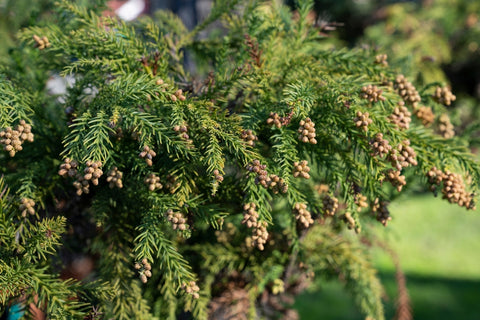
The Sugi tree, on the other hand - also known as Japanese Red Cedar - is also often called the official tree of Japan. The ancient religion of Shinto believed in strong connections between humans and nature, and tall trees such as the Sugi held special significance.
You can still find Sugi trees at the center of some Shinto shrines!
6. The Gingko of China
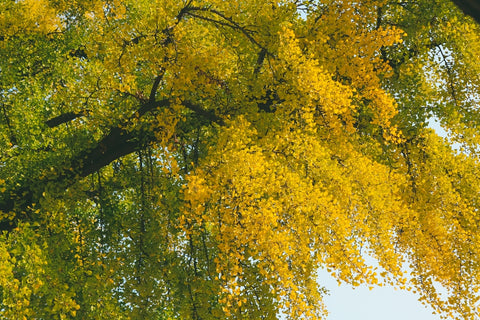
The Ginkgo tree is a significant and ancient tree in Chinese culture. It often symbolizes longevity and resilience.
The Ginkgo tree has a deep histoical and cultural connection to China, as it is considered a living fossil, with a lineage dating back millions of years. Its distinctive fan-shaped leaves make it easily recognizable.
The Ginkgo tree is also planted in many Chinese temple grounds and is revered for its medicinal properties in traditional Chinese medicine.
7. Maldives and the Coconut Palm

The Coconut Palm is the national tree of the Maldives and it symbolizes economic sustainability and cultural heritage. An essential part of sustaining livelihoods, coconuts contribute to copra and oil production while also providing materials for traditional crafts.
The Coconut Palm is culturally significant and the tree's leaves and husks are used in roof thatching and handicrafts. The coconut palm plays a vital environmental role, helping prevent soil erosion in sandy areas and showcasing its adaptability to the unique coastal conditions of the Maldives.
8. Myanmar's Padauk Tree
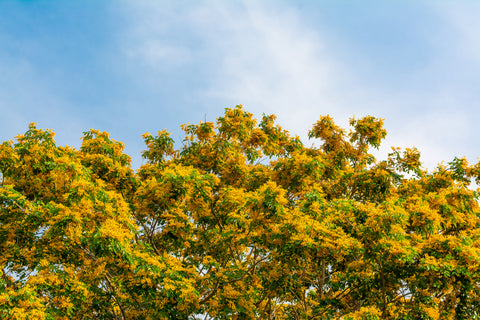
The Padauk tree was chosen as Myanmar's national tree in 1948 for its cultural and historical significance. Renowned for its vibrant red or orange blossoms, it symbolizes the strength, endurance, and beauty of the nation.
Associated with Myanmar's struggle for independence, it carries historical weight as a tree planted by General Aung San - an important political figure also known as the "Father of the Nation" and considered the founder of present-day Myanmar.
Beyond its botanical importance, the Padauk tree stands as a powerful emblem of Myanmar's resilience, embodying the spirit of its people in the face of challenges.
9. The Downy Birch of Iceland

The Downy Birch is a tree that comes as tough as possible. Surviving some of the harshest weather conditions in the country, this is one of the only few native trees of Iceland.
It is present almost all over the country and helps the biodiversity of the spaces greatly. It stabilizes soil, preventing erosion and fostering biodiversity. These birch forests serve as vital habitats for the wildlife of Iceland, contributing to the country's unique ecosystems.
The Downy Birch holds historical importance, having been utilized for construction and fuel. Iceland's ongoing reforestation efforts recognize the ecological value and cultural significance of these resilient trees in sustaining the delicate balance of its environment.
The list of trees that hold cultural and economic significance for countries is never-ending. But the nine different trees mentioned above are the ones that stole the show for their respective countries, which means that they are now held in very high regard and renowned for their legends, myths, and ties to the country's sustenance.
National trees of the world vary from country to country, and it is fascinating to know about their histories, myths, and stories associated with them. Which one of these caught your eye?














